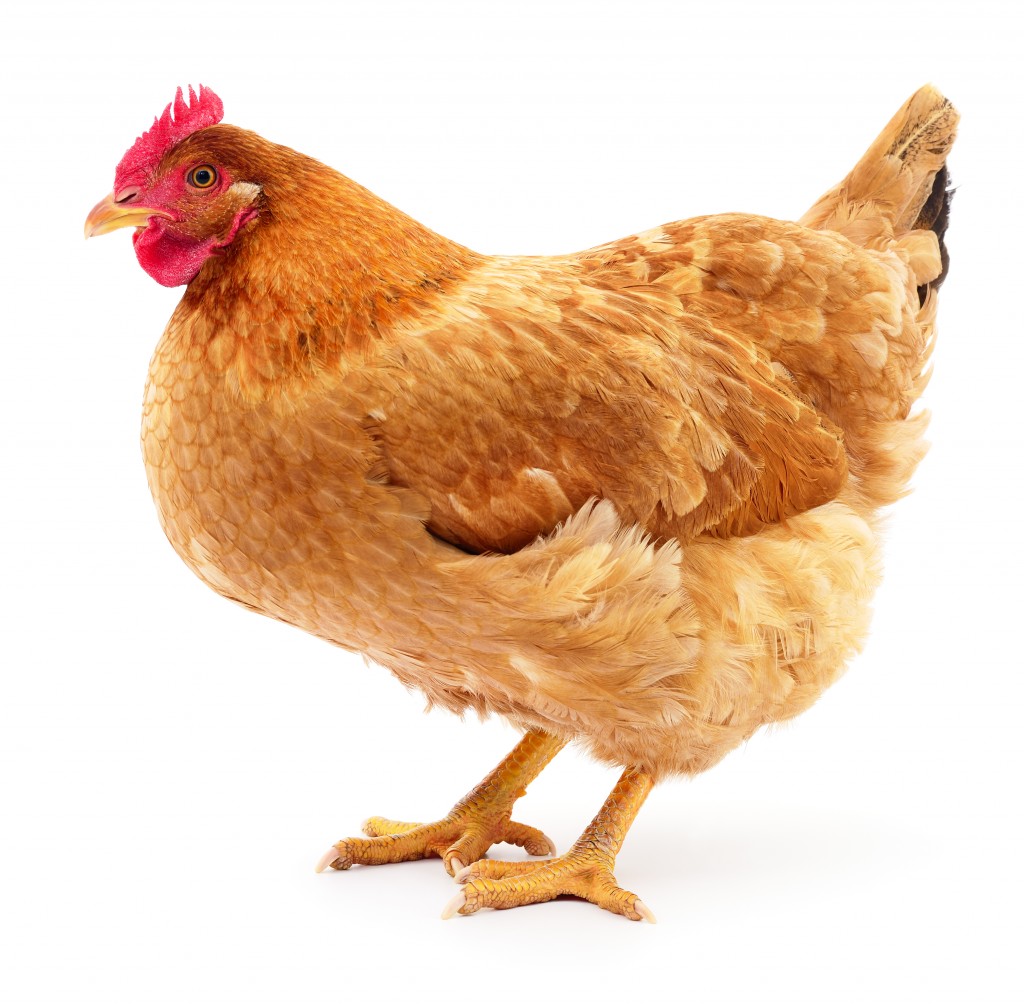If you operate a poultry business, the risk of contamination to your flock must be an ever-present concern. There are huge potential consequences to your productivity and profitability if the disease should spread. Fortunately, there are several biosecurity measures which you can implement to improve risk management at your facilities. Here are five key practices.
Clean food and water supply
Your supply of feed is a target of rodents and other vermin, as well as wild birds. Care should be taken to ensure proper storage and handling, as it can also become contaminated during transport.
The water supply is especially critical as one of the prime potential conduits of disease. Poultry stock must drink from a pure and correctly balanced source. Industrial wastewater treatment solutions are vital due to the unique profile of poultry waste discharge. Proper filtration, removal of biologic agents, and disposal will ensure compliance and eliminate the risk of contamination.
Manage hazardous substances
Chemicals are often used on a poultry farm, most commonly for cleaning and disinfection of equipment. These are often purchased and stored in a concentrated form which can pose a workplace hazard. Make sure that up-to-date material safety data sheets are reviewed and filed. Your personnel should all be trained in the proper handling and use of these chemicals and provided with any necessary personal protective equipment (PPE). More specific information appropriate to each chemical can be found on the manufacturer’s label.
Isolate and source your stock

Your flock represents the most significant and controllable biosecurity risk. The individual risk profile will vary with your operations; for instance, duck farms tend to raise their stock with more exposure to the outdoors. Densely confined flocks are also at greater risk for the rapid spread of contagious diseases.
The Food and Agriculture Organization (FAO) of the United Nations profiled different production systems according to their biosecurity practices. It identified certain methods such as structural barriers to prevent mingling with wild birds, zoning flocks to lower possible transmission of disease, and careful sourcing of day-old chicks from suppliers, as some of the effective ways to raise biosecurity at your operations.
Control the flow of traffic
Work crews, contractors, vehicles, and the occasional farm visitors may all come and go during a day at your site. This brings the risk of external pathogens with them into your carefully controlled environment.
To minimise the risk of exposure, erect a boundary to delineate the production area and raise signs to notify unauthorised personnel to keep out. This lets you maintain a safe distance so that workers can continue to go about their duties, while only essential personnel can come into close proximity with the flock. Issuing mandatory PPE and disinfection measures before entering the production area is another way to keep your flock safe from contamination.
Proper disposal and compost
Safe mortality disposal practices are essential to maintaining a clean environment. Your personnel should promptly and carefully remove dead birds from the flock. If composting sheds are used, make sure they are secured to prevent intrusion from vermin or scavengers. Custom-made freezers may be used as a safer alternative to the traditional composting method. Freezing dead stock until collection removes the risk of attracting pests or contaminating the surroundings.
While it isn’t feasible to have total biosecurity on your farm – even the most state-of-the-art laboratories experience occasional failures – following these best practices will greatly mitigate the risk of disease and ensure compliance with all local regulations.

